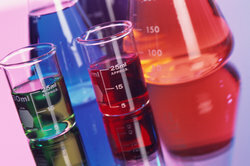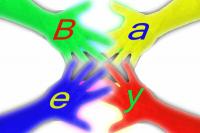Difference Between Lye and Acid
The Brönsted acid-base concept is one of the first that you get to know in chemistry lessons. Understanding the difference between acids and alkalis is not difficult.

Differences and similarities between acids and alkalis
- When speaking of acids and alkalis, one usually means acids and bases according to Brönsted. In addition to these, there are also acids and bases according to Lewis.
- Brönsted acids and alkalis are both corrosive and some can be devastating, but they are fundamentally different.
- A Brönsted acid is defined as a proton donor, i.e. i.e., these particles are capable of H+-Ions split off.
- The difference to a Brönsted base is its fundamental property: bases are proton acceptors, i. h., you can H+Absorb ions.
- If an acid releases its proton, the resulting particle is basic. Since it previously carried a proton, it can also take it up again and is therefore a base. This is called the corresponding base and one always speaks of corresponding acid-base pairs.
- Acids and bases can be classified according to their strength, i. H. depending on how willing they are to give up a proton or take up. If an acid is very strong, its corresponding base is very weak and vice versa.
- Whether a solution is acidic or basic is indicated by the pH value, which can assume a value between 0 and 14; pH 7 means that the solution is neutral, 0-6 is acidic and 8-14 is basic. The further away the value is from 7, the more acidic or acidic. the solution is basic.
Neutralize the lye
An alkaline solution can be neutralized with an acid - that's logical, are ...
Acids and alkalis in everyday life
- Many cleaning agents are acidic or basic. Acids have the property of dissolving limescale, so limescale cleaners are acids.
- Many soaps are caustic solutions; pH skin-neutral soaps are slightly acidic as the skin's pH value is around 5.
- There is a very strong acid in the human body: the pH value of gastric acid is 1-2 on an empty stomach and 2-4 on a full stomach. This strong acid does not etch through the stomach wall as it is protected by the stomach lining.
How helpful do you find this article?



